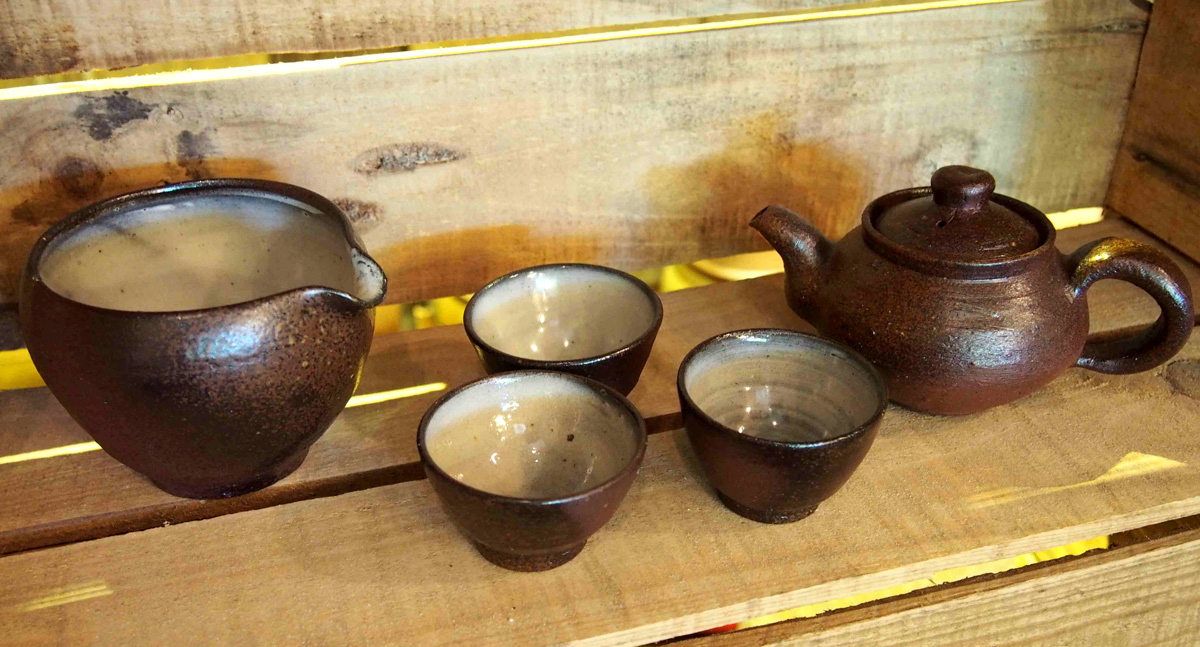Ceramics for tea.
Each country or region has its own aesthetic ceramic and its own way of preparing tea. Thus, there are various ceramics for the preparation of various types of tea.
A very striking example is the Chawan, which is used in the Japanese tea ceremony. The Chawan is a big, handmade pottery bowl, in which the Matcha (green tea powder) is prepared with a bamboo whisk. In the tea ceremony, undertaken in silence, the pottery is as important as the tea. The tea ceremony is closely linked to nature and thus the aesthetics of the Chawan reflect the simplicity of and the connection with, nature. The Chawan’s simple shape, combined with a rough surface, sometimes only reveals its beauty at the second or third sight. The original idea was to destroy the Chawan after the ceremony in order to celebrate the moment and reinforce the idea that each ceremony is unique and unrepeatable. Many Japanese potters consider the process of making the Chawan the most complex and difficult.
However, even on a daily basis, tea tastes much better when it is prepared and enjoyed in a suitable ceramic. There are several types of teapots that can greatly influence the flavour of the tea, either by the material, or even by the shape. A ceramic teapot has a memory, in so much as, the porous material retains a trace of the flavour of the tea. Therefore, it is advisable to use the same pot for the same type of tea, as, over time, the tea tastes better because the pot retains the flavour of the particular tea. Similarly, the size and the bowl material can alter the taste of tea and thus feeling of the person who drinks it. For example, try to drink the same tea in a cup with handles and then in a bowl (preferably handmade pottery) and notice the different feeling. Small difference such as these can be discovered when drinking tea mindfully and these add to the enjoyment.
 Português
Português English
English Español
Español